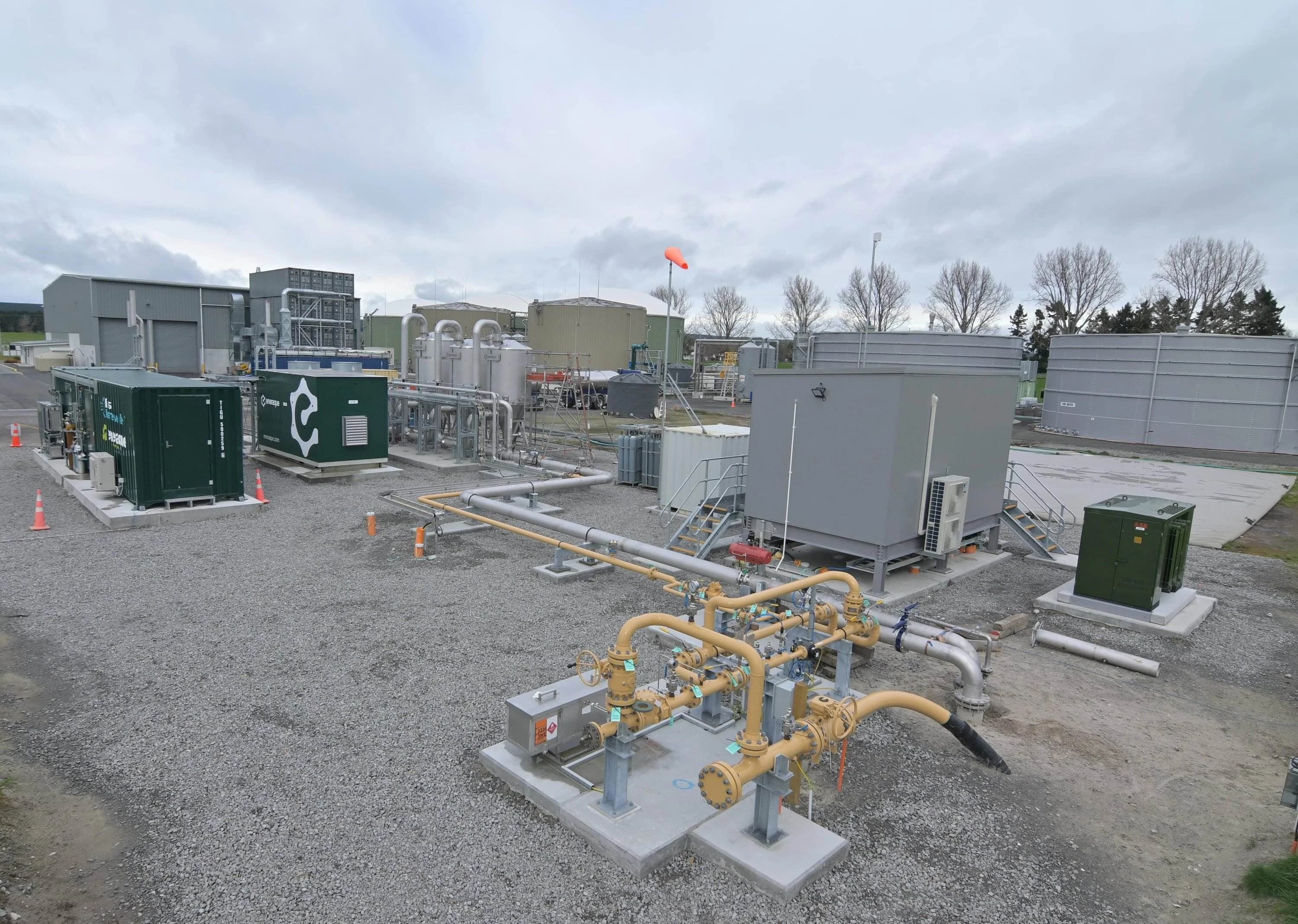New Zealand’s energy sector is evolving as the country works toward a net-zero carbon future. As the nation transitions to a renewable energy future, natural gas will continue to play an important role, even as more renewable sources, including renewable gas, are introduced.
Firstgas is part of a group of energy companies called Clarus, who invest in research and development in renewables, and closely monitors international progress. Together with Clarus, Firstgas is helping chart a path toward cleaner, more efficient energy through solutions such as upgrading biogas into biomethane, and trialling hydrogen blending.


